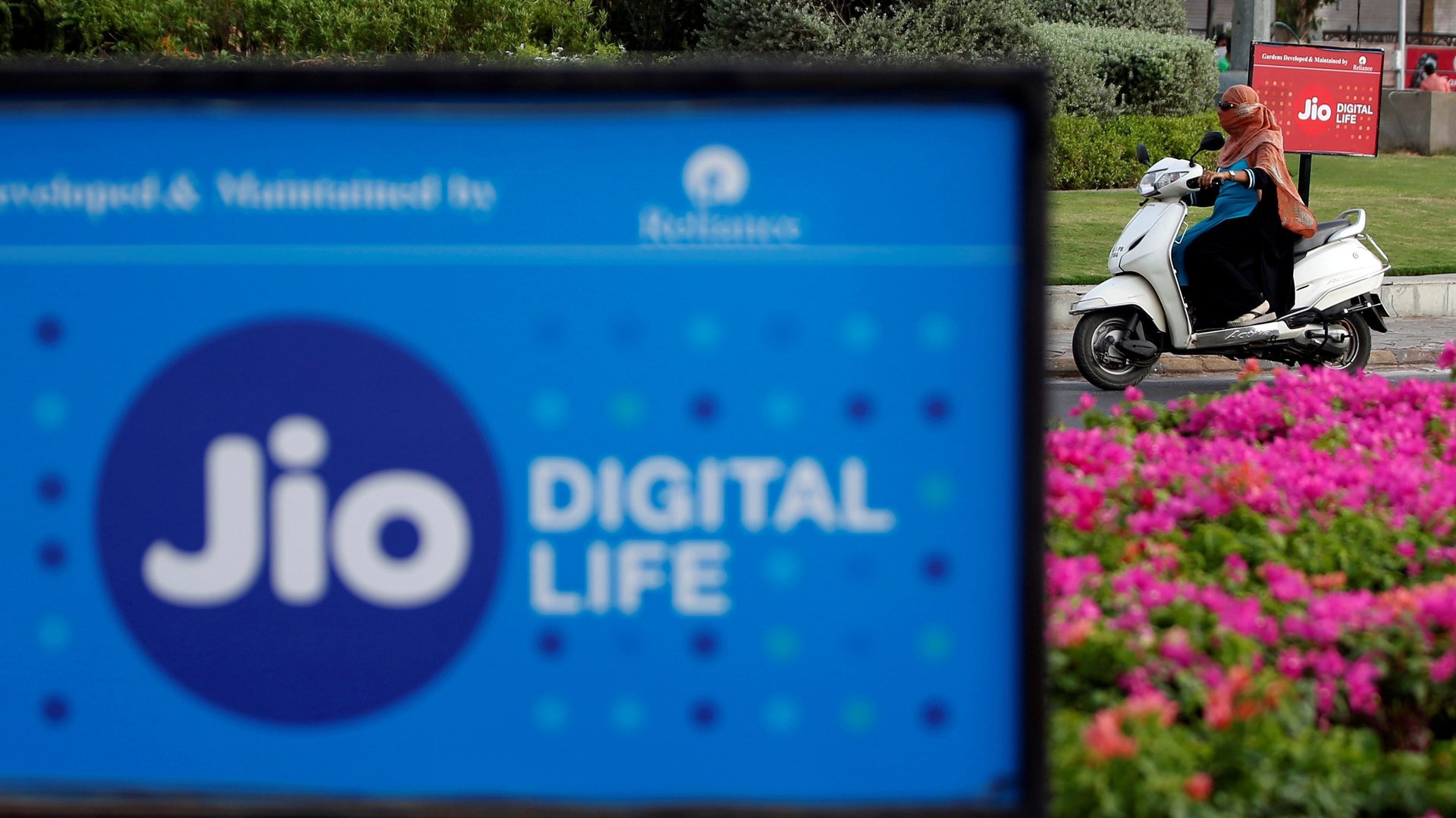Dear customers, Jio’s fight isn’t with you. It’s with India’s telecom regulator
Is India’s biggest telecom company trying to arm twist the sector regulator into reducing tariffs?


Is India’s biggest telecom company trying to arm twist the sector regulator into reducing tariffs?
It increasingly seems so, going by last Friday’s (Oct. 11) Twitter trend #BoycottJio apparently fuelled by miffed customers.
Two days ago, on Oct. 9, the Mukesh Ambani-led Reliance Jio had announced that it would start charging users 6 paise/minute for outgoing calls to other operators. This was against the telco’s promise of free unlimited calls and texts, as well as affordable data, made at the time of its launch in September 2016.
The backlash is reasonable, experts say. After all, Jio hadn’t said that the deal was subject to business dynamics.
However, this isn’t a battle for customers to fight.
Since 2011, the Telecom Regulatory Authority of India (TRAI) has repeatedly affirmed its stance that the Interconnect Usage Charge (IUC)—a cost paid by one mobile telecom operator to another, when its customers make outgoing mobile calls to the other operator’s customers—should be brought down to zero from the current 6 paisa/minute.
In 2016, the authority had announced that the zero-rate will be in effect from Jan. 1, 2020. To ensure this happens, Jio has introduced the 6 paisa/minute charge for customers making outgoing calls to non-Jio users “only until the IUC charge is made zero.”
India’s biggest telecom company with over 350 million subscribers, which is responsible for bringing call costs way down, may now be trying to strong-arm the industry regulator to reduce the tariff.
Especially because Jio argues that its “free” plans are suffering due to a “missed call phenomena” stemming from non-Jio users:
The price differential of free voice on Jio network and exorbitantly high tariffs on 2G networks causes the 35-40 crore 2G customers of Airtel and Vodafone-Idea to give missed calls to Jio customers. Jio network receives 25 to 30 crore missed calls on a daily basis (which) should have resulted in 65 to 75 crore minutes of incoming traffic to Jio. Instead, the call back made by the Jio customers results in 65 to 75 crore minutes of outgoing traffic.
So far, in the past three years, Jio has paid nearly Rs13,500 crore ($1.96 billion) as NET IUC charges to other operators.
Even earlier, Jio had exerted its influence on the telecom sector. Its low costs spurred a price war that forced incumbents like Airtel and Vodafone-Idea (now merged) to majorly slash prices. Can it influence IUC now?
“The telecom industry is a complex one given it continuously needs to invest in newer technologies, upgrade older ones, invest lot of money, and yet keep reducing its prices year over year (across voice and data),” Yugal Joshi, vice-president at Texas-based consultancy Everest Group, argues. “If there is a case for IUC to become zero then all operators need to agree to it, there must be a strong business case, and something which is considered sustainable. Just to pander to one large telco operator such strategic decisions cannot and shouldn’t be taken.”
Whatever the outcome, consumers are up in arms because Jio isn’t living up to its word.
Short-term uproar
“Customers would not care about technicalities of IUC. (If) companies can launch offers promising the moon, acquire customers, and then suddenly change their strategy and offers, why should this not be considered a case of cheating than simply of the company reacting to market dynamics?” said Joshi. “Such unhealthy and unsustainable practices have created havoc in the telecom industry in India and this is what we are seeing.”
Likely anticipating a public furore, Jio has already tried to soften the blow. “Consumers will get equivalent data for the value of IUC top-up voucher,” the company’s press release said, adding that there will be “no increase in tariffs for Jio consumers.”
The following top up-vouchers are available:
Meanwhile, all Jio-to-Jio calls, Jio-to-landline calls, incoming calls, and calls made using WhatsApp or FaceTime and similar platforms are still free of cost.
Less than 48 hours after the announcement Jio also started giving 30 minutes of free talk-time to calm consumer nerves.